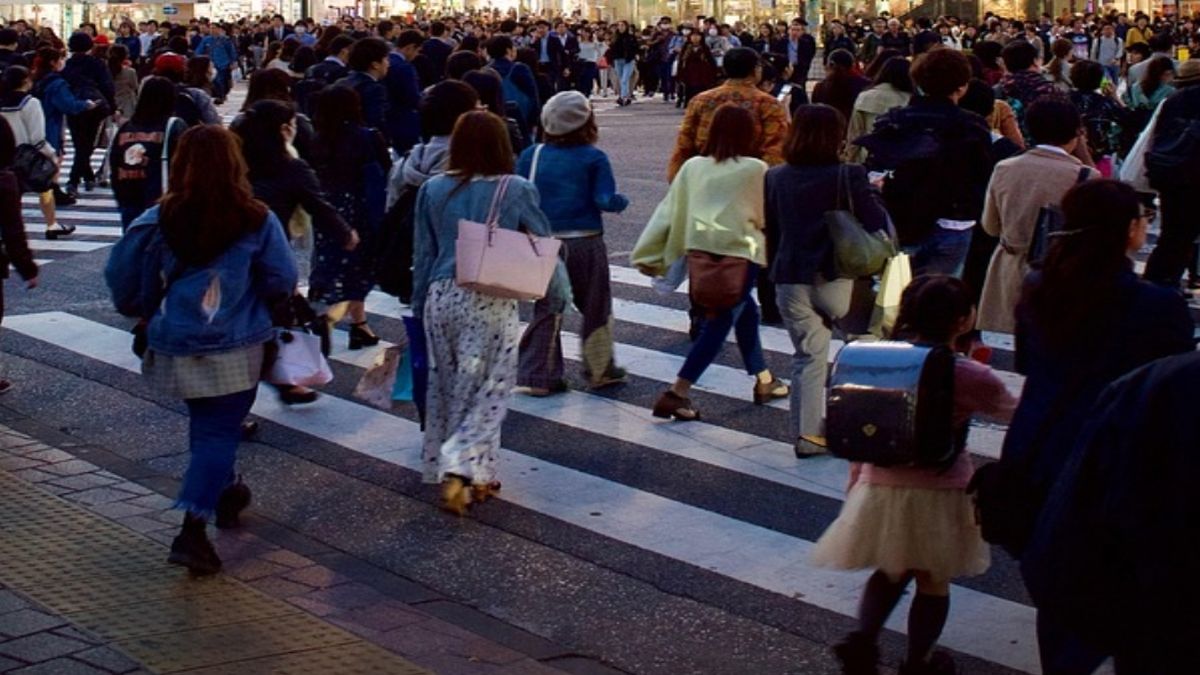Canada’s population has touched a record high of 40.77 million in 2023, marking the fastest growth in 66 years. The country added 1.27 million people, a 3.2 per cent increase over the previous year and the highest growth since 1957.
According to Statistics Canada, the surge was primarily caused by temporary immigration.
But why does it matter? Will this benefit or harm the country?
Why is Canada’s population growing so rapidly?
The influx of immigrants has been blamed for a housing shortage that has pushed up house prices and sent affordability to new lows, hurting Prime Minister Justin Trudeau’s approval ratings.
“In 2023, the vast majority (97.6 per cent) of Canada’s population growth came from international migration (both permanent and temporary immigration) and the remaining portion (2.4 per cent) came from natural increase,” Statscan said in a statement.
“This was the second straight year that temporary immigration drove population growth and the third year in a row with a net increase of NPRs (non-permanent residents),” it said.
“It’s an incredibly large shock for the economic system to absorb because of just the sheer number of people coming into the country in a short period of time,” Robert Kavcic, a senior economist and director at BMO Capital Markets, told CTV News.
“The reality is population can grow extremely fast, but the supply side of the economy like housing and service infrastructure, think health care and schools, can only catch up at a really gradual pace… So, there is a mismatch right now” Kavcic added.
Impact Shorts
More ShortsThe impact of that mismatch is most visible in the cost of rent, services, and housing.
Kavcic, in December, wrote in a note that Canada needs to build 170,000 new housing units every three months to keep up with population growth, pointing out that the industry is struggling to complete 220,000 units in a single year, reports CTV News.
The population growth has also pulled down the country’s gross domestic product per capita figures as seen in the last quarter as well as productivity levels, economists and the Bank of Canada have said.
What is the country doing about it?
Canada has heavily relied on immigration to boost its labour force and economic growth, with almost a quarter of its population being non-native born Canadian residents in 2021, according to IMF’s 2021 report. That is the highest level among the G7 nations.
But in the last few months, Trudeau’s Liberal government has tried to counter pressure through measures to cap the number of international students and non-permanent residents that can come into Canada each year.
It is estimated that 2,661,784 non-permanent residents were living in Canada on 1 January, 2024, Statscan data showed. Among them, 2,332,886 were permit holders and their family members living with them, and 328,898 were asylum claimants with or without work or study permits.
“The arithmetic on the caps actual works relatively well because it would take us back down to one per cent population growth which we have been used to over the last decade and which is more or less absorbable by the economy,” Kavcic told CTV News. “The question is whether or not we see policymakers follow through and hit those numbers.”
Economists believe that while these changes may help to ease inflationary pressures and increase the likelihood of a Bank of Canada rate cut, they may also result in slower GDP growth.
With inputs from Reuters


)

)
)
)
)
)
)
)
)



